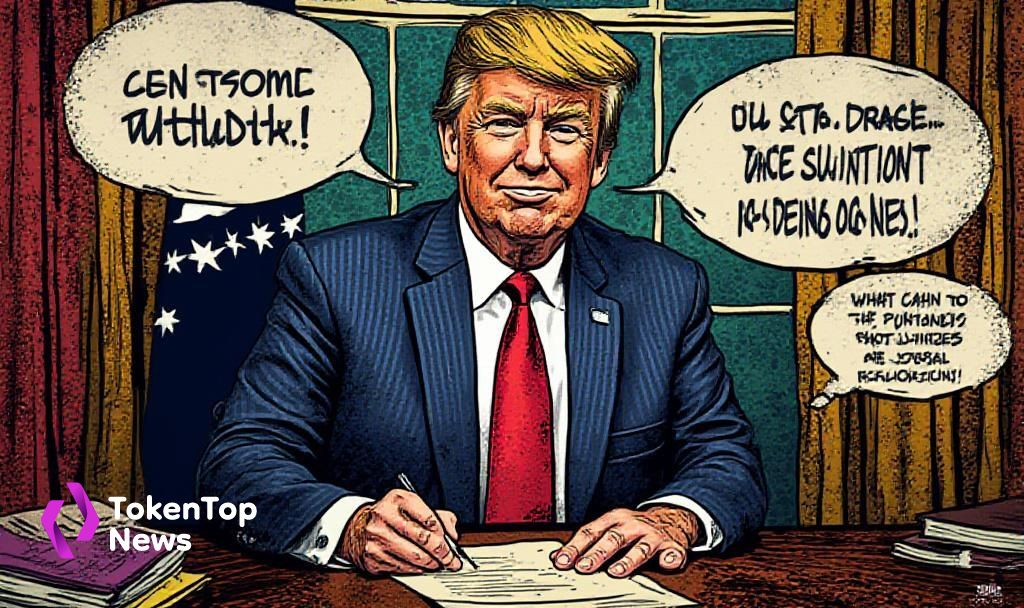Trump Signs GENIUS Act, Establishing Stablecoin Regulations
- The signing introduces a new regulatory stablecoin framework.
- Market and financial impacts are anticipated.
- Support from major policymakers; potential increase in stablecoin use.

The Act aims to modernize payments, boost stablecoin demand, and strengthen the dollar’s reserve currency status.
The GENIUS Act, signed by President Trump, establishes the first federal framework for stablecoins in the U.S. Senator Bill Hagerty was instrumental in the legislative process. Major industry executives attended the signing event, signaling its importance to both policymakers and businesses.
Key figures involved include Senator Hagerty, who spearheaded amendments, and President Trump, advocating for and finalizing the legislation. The Act is expected to increase demand for stablecoins and influence demand for U.S. Treasuries as stablecoin issuers become major holders.
The GENIUS Act modernizes the payment system by shifting to blockchain technology, which improves efficiency in trades that traditionally took days to process. — Senator Bill Hagerty
The signing is expected to provide clarity for the $250 billion stablecoin market, laying out “one-for-one” reserves requirements for issuers. This move is projected to transform the U.S. financial landscape and integrate regulated stablecoins into existing infrastructures.
Experts predict widespread implications for both the domestic financial system and international dollar dominance. While no on-chain data has confirmed immediate effects, transparency and regulatory adoption are anticipated benefits. Regulatory guidance from agencies like the SEC will be crucial in applying the Act’s measures, as industries adjust to new compliance obligations.




